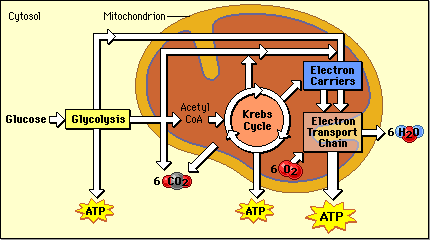It's been so great learning about biology in these quick little lessons! I have one more to research -- Evolution! It will be interesting as to some of the things I find out.
Survival of the fittest is a form of natural selection. It isn't always some bloody brawl between lions. Sometimes it can be the taller giraffe or the faster flying hawk. It relates to natural selection as an organisms ability to reproduce. So the faster hawk will have babies who will in turn be fast. If the slow hawk dies, it can't have babies which will mean no slow hawks.
Evidence of Evolution on Organisms:
- Vestigial Organs: Humans have tail bones, we once had tails. We could've used them for various things, such has handling things or hanging somewhere. Whales have feet which mean they could have possibly walked on land.
- Common Ancestors: We possibly could've evolved from monkeys, as are characteristics are very similar.
- Biochemistry
Well since natural selection is basically whoever can live longer and contribute to the gene pool, adaptation is needed. As the world changes, our needs change, and therefore our physical characteristics change as well. Just as we don't need tails, now we don't have them. Eagles need wings, so they have them.
Both Lamarck and Darwin agreed that transformation was needed and does happen within different species of organisms (adaptation).
Bibliography:
"Evolution- Evidence of Living Organisms." Evolution. N.p., n.d. Web. 7 May 2014. <http://bioweb.cs.earlham.edu/9-12/evolution/HTML/live.html>.
Grabianowski, Ed. "How Natural Selection Works." HowStuffWorks. N.p., n.d. Web. 7 May 2014. <http://science.howstuffworks.com/life/evolution/natural-selection.htm>.
***A little disclaimer on the topic of Evolution: Some of the topics I placed in this article are not my own personal beliefs. They are "scientific theories". This is strictly research ***













